Looking for an affordable way to expand your tackle box? Bottle cap lures are not only budget-friendly but also surprisingly effective at attracting fish. These homemade lures combine the flash and action of commercial lures with materials you likely already have around the house. In this guide, we’ll walk you through creating your own custom bottle cap lures that will have you reeling in catches without breaking the bank.
Essential Materials for Bottle Cap Lures
Before diving into the creation process, gather all the necessary supplies. Most of these items can be found at home, in your workshop, or at local craft and hardware stores for minimal cost.
- Bottle caps (beer, soda, or other metal caps)
- Split rings (size #5 or #6 work well)
- Treble hooks (size #6 to #10)
- Swivel snap connectors
- Small drill with 1/16″ bit
- Needle-nose pliers
- Spray paint or nail polish (various colors)
- Clear coat sealer or epoxy
- Sandpaper (fine grit)
- Work gloves (to protect hands from sharp edges)
- Optional: BBs or small beads for rattles
Ready to Get Started?
Having trouble finding the right hooks or split rings? Most fishing supply stores carry these items, or you can order a complete starter kit online.
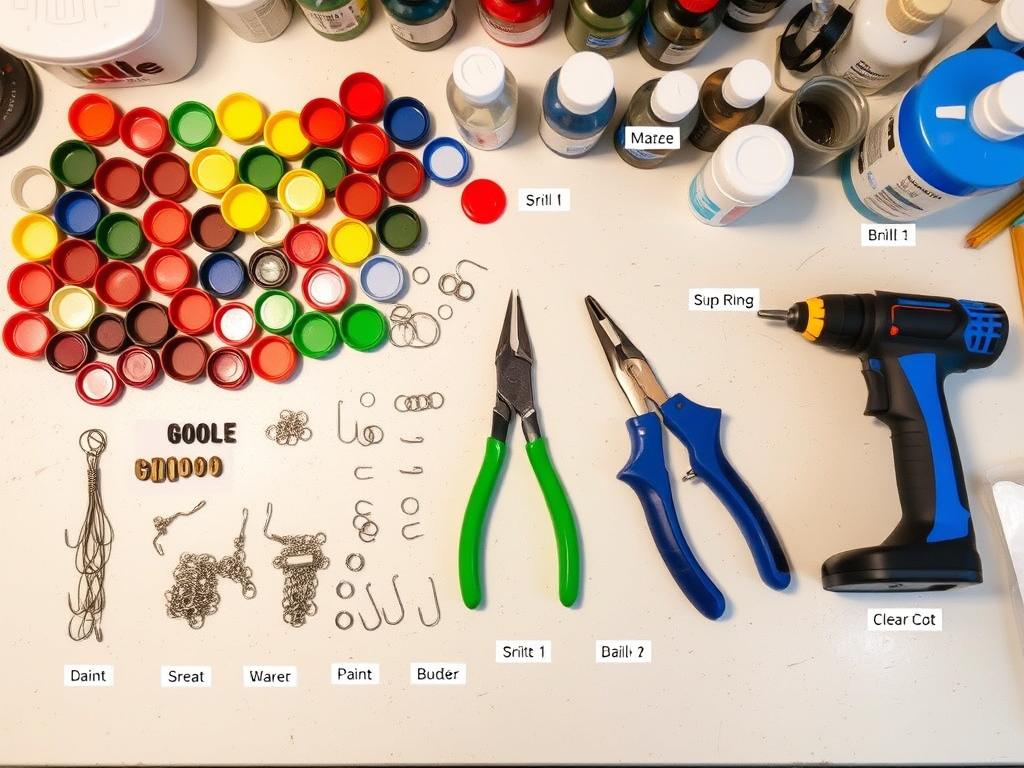
Step-by-Step Instructions
Creating bottle cap lures is straightforward once you understand the basic process. Follow these steps carefully to ensure your lures are durable and effective on the water.
- Prepare the bottle caps: Clean the bottle caps thoroughly to remove any residue. Lightly sand the printed side if you plan to paint over it.
- Shape the caps: Pinch the bottle cap in the middle to create a folded shape. This creates the lure’s swimming action in water. For different actions, try varying the fold angle.
- Drill holes: Carefully drill two small holes at opposite ends of the folded cap. One hole will be for the line attachment, and the other for the hook.
- Paint (optional): Apply your chosen colors to the bottle caps. Multiple thin coats work better than one thick coat. Allow each layer to dry completely.
- Add clear coat: Once paint is dry, apply a clear protective coating to seal the paint and add shine. This also helps prevent rust.
- Attach hardware: Use split rings to attach the swivel to one end of the bottle cap and the treble hook to the other end.
- Add weight (optional): For better casting distance, add a small split shot weight to the hook end of the lure.
- Test the action: Before heading out fishing, test your lure in water to ensure it has the right swimming action.
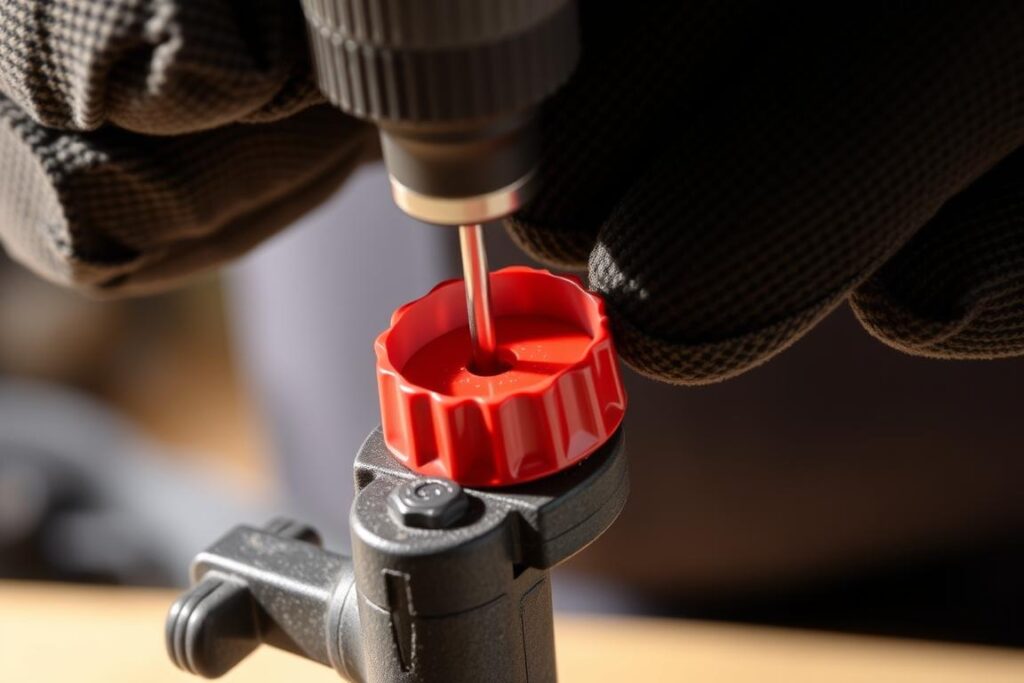
Safety Tip: Always wear protective gloves when drilling and handling bottle caps. The edges can be sharp and may cause cuts if you’re not careful.
Effective Color Pattern Designs
The right color pattern can make a significant difference in how fish respond to your lure. Here are some proven color combinations that have been successful for different fishing conditions.
| Pattern Name | Colors Used | Best For | Water Conditions | Target Fish |
| Classic Red/White | Red top with white stripes | High visibility | Clear to slightly stained | Bass, Pike, Trout |
| Metallic Blue Flash | Blue metallic with silver accents | Deep water fishing | Clear water, sunny days | Trout, Salmon, Bass |
| Fire Tiger | Green top, yellow sides, orange belly | Aggressive strikes | Stained or murky | Pike, Muskie, Bass |
| Night Owl | Black with glow-in-the-dark dots | Night fishing | Any, especially at dusk/night | Catfish, Walleye, Bass |
| Natural Minnow | Silver with blue/green back | Mimicking baitfish | Clear water | Most predatory fish |
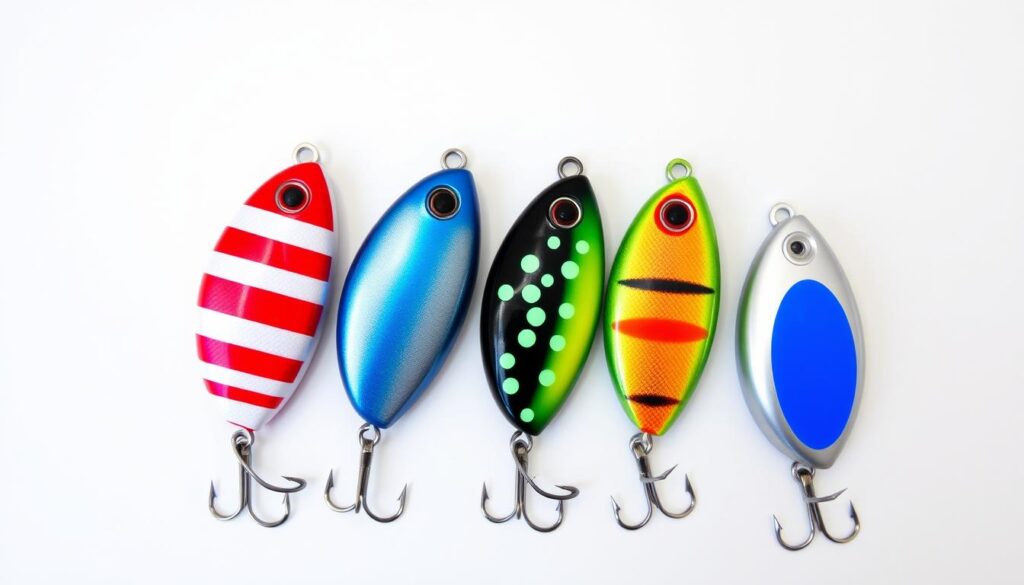
Color Selection Tip: Match your lure color to water clarity. In clear water, use natural colors. In murky water, choose bright, high-contrast colors that are easier for fish to see.
Local Testing and Tracking Tips
The true test of any lure is how it performs on the water. Systematically testing your bottle cap lures will help you determine which designs work best in your local fishing spots.
How to Test Your Lures
- Try different retrieval speeds to find what triggers strikes
- Test the same lure design in different water conditions
- Compare your bottle cap lures against commercial lures
- Fish the same spot with different color patterns
- Test at different times of day to identify patterns
- Try various depths to locate where fish are striking
What to Track in Your Fishing Log
- Date, time, and location of fishing
- Water temperature and clarity
- Weather conditions (sunny, cloudy, windy)
- Lure color pattern and design used
- Number and species of fish caught
- Retrieval technique that worked best
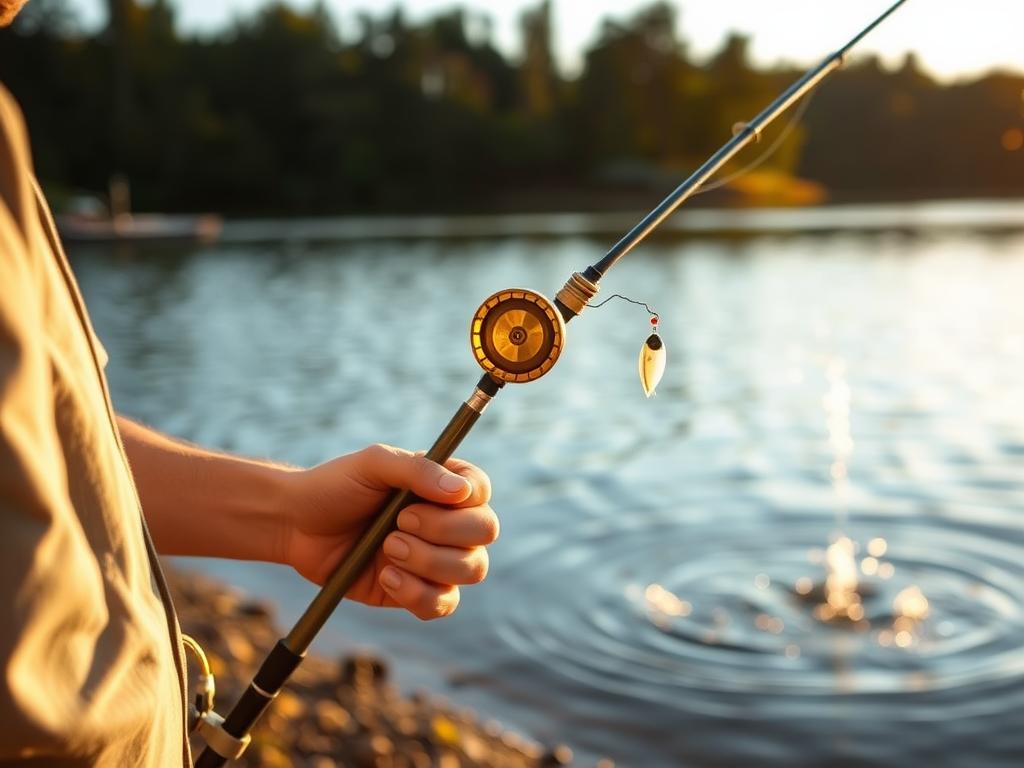
Track Your Fishing Success
Download our free fishing log template to record which bottle cap lures work best in different conditions. Tracking your results will help you become a more effective angler.
Pro Tips for Better Bottle Cap Lures
Take your homemade lures to the next level with these advanced techniques from experienced anglers who have perfected the art of bottle cap lure making.
Adding Weight for Distance
Improve casting distance by adding strategic weight to your lures. Place small split shot weights inside the bottle cap before sealing, or add them to the hook end for better balance.
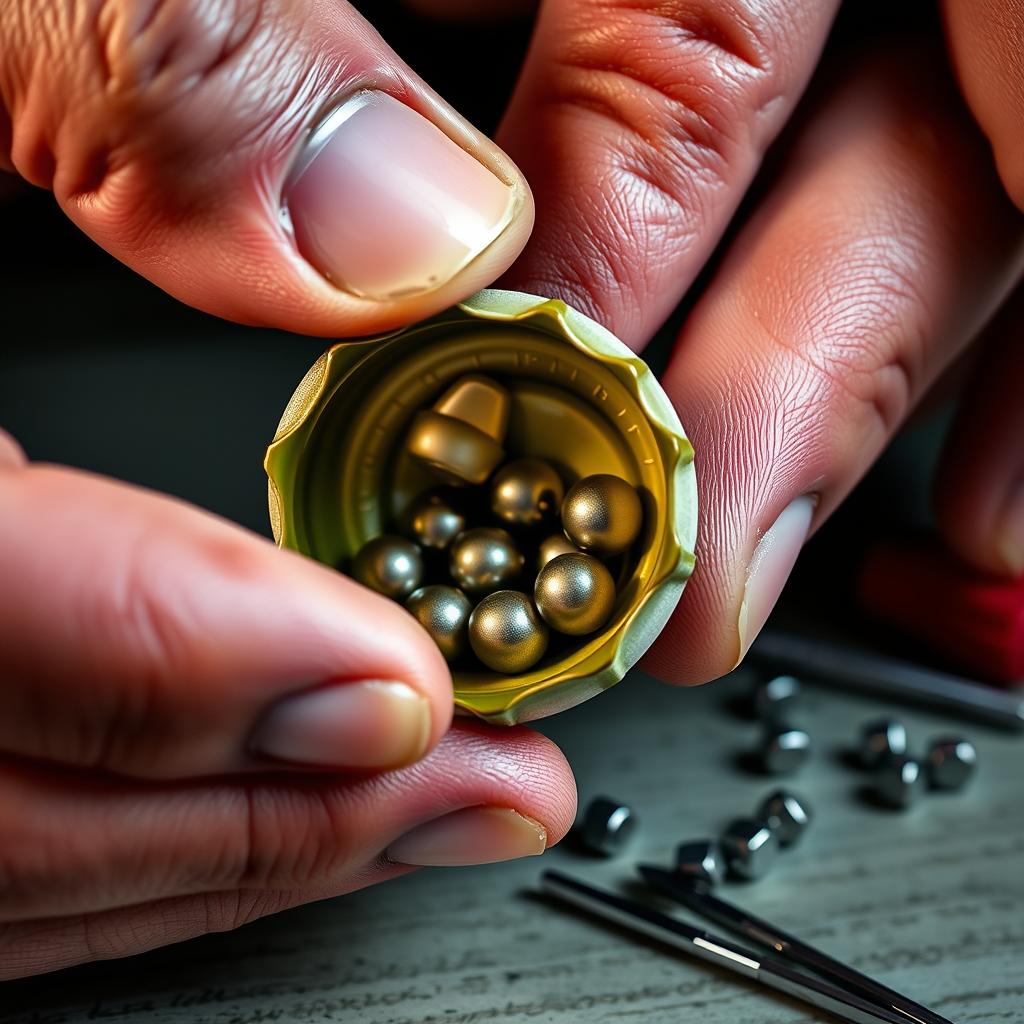
Creating Rattling Lures
Add BBs, small beads, or cut map pin heads inside the bottle cap before sealing to create a rattling effect that attracts fish through sound vibrations in the water.
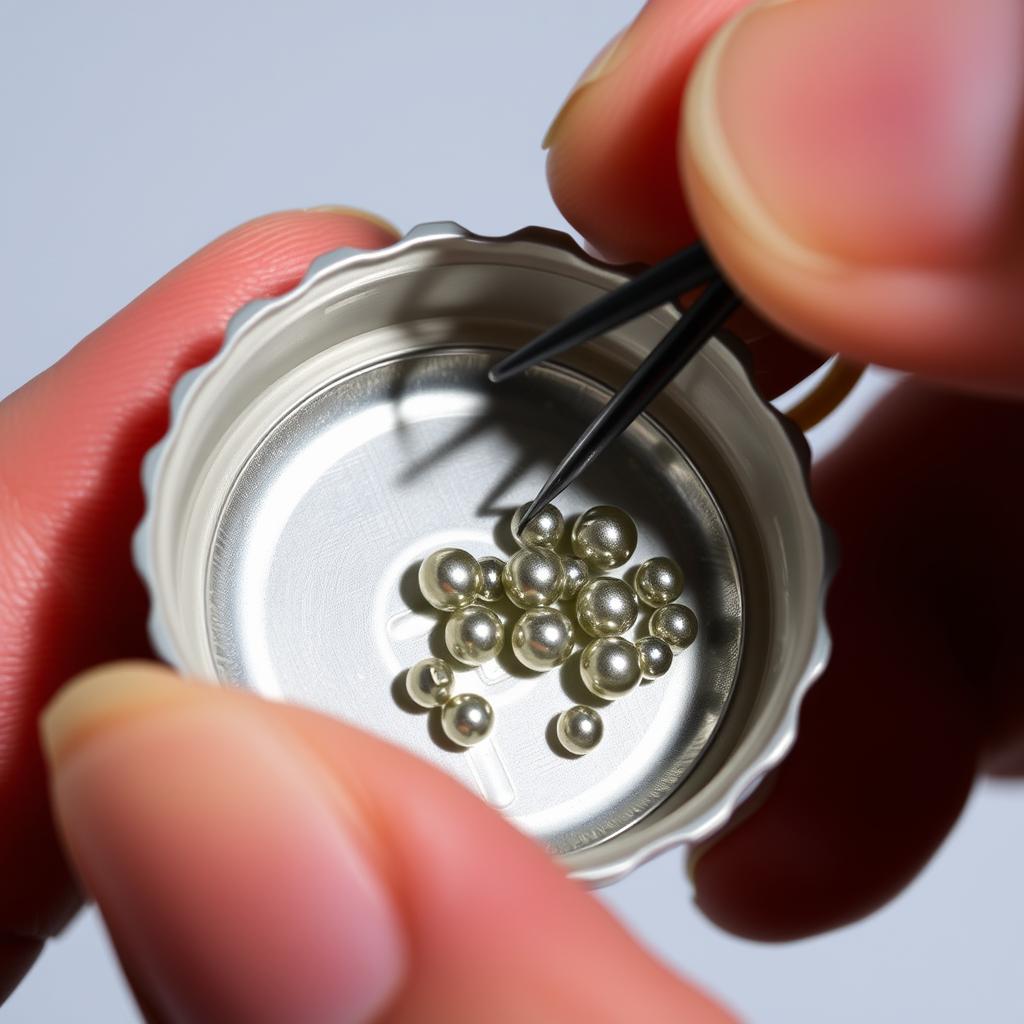
Custom Spinner Attachment
Attach a small spinner blade to the front of your bottle cap lure to add flash and vibration. This hybrid design combines the benefits of spinners and bottle cap lures.

“I’ve caught more bass on my homemade bottle cap lures than on store-bought lures costing twenty times as much. The secret is in the erratic action and flash that drives predatory fish crazy.”
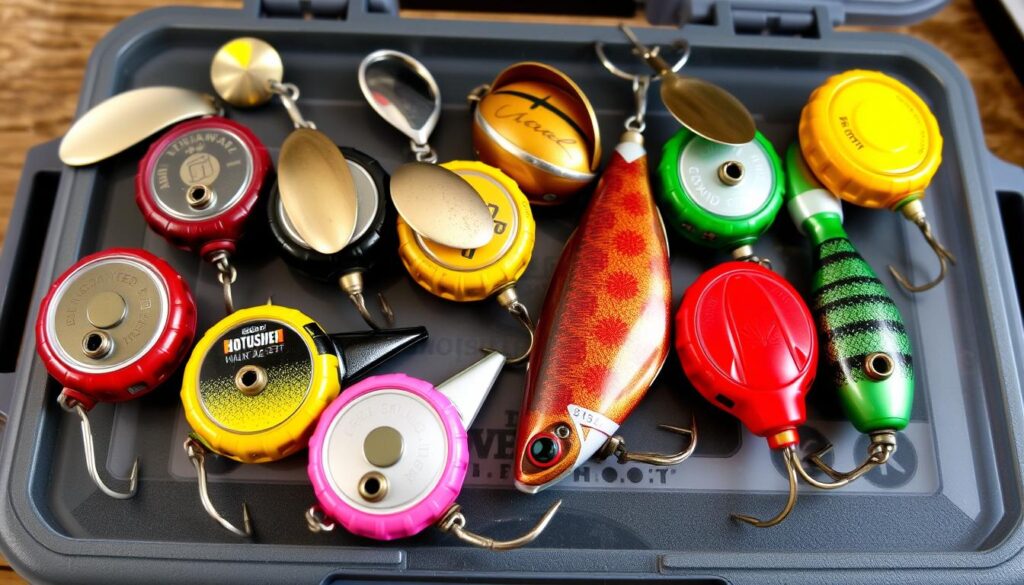
Important: When adding weights to your lures, make sure they’re securely attached. Loose weights can affect the lure’s action and potentially fall out during use.
Frequently Asked Questions
New to making bottle cap lures? Here are answers to some common questions that beginners often have about this fun and rewarding DIY project.
What type of bottle caps work best for fishing lures?
Metal bottle caps from beer or soda bottles work best. They’re durable and have the right weight and shape. Avoid plastic caps as they don’t have the same action in water and are harder to modify.
How long does the paint take to dry on bottle cap lures?
Spray paint typically dries to the touch in 15-30 minutes but should cure for 24 hours before applying a clear coat. Nail polish may take 1-2 hours between coats. Always allow paint to fully cure before using your lures in water.
Can I use bottle cap lures in saltwater?
Yes, but you’ll need to take extra precautions. Use stainless steel hooks and split rings to prevent rust. Apply multiple layers of clear coat to protect the bottle cap and rinse thoroughly with fresh water after each use in saltwater.
What’s the best retrieval technique for bottle cap lures?
A steady retrieve with occasional pauses works well. The bottle cap’s shape creates a wobbling, flashing action that mimics injured baitfish. Experiment with different speeds and jerking motions to find what triggers strikes in your local waters.
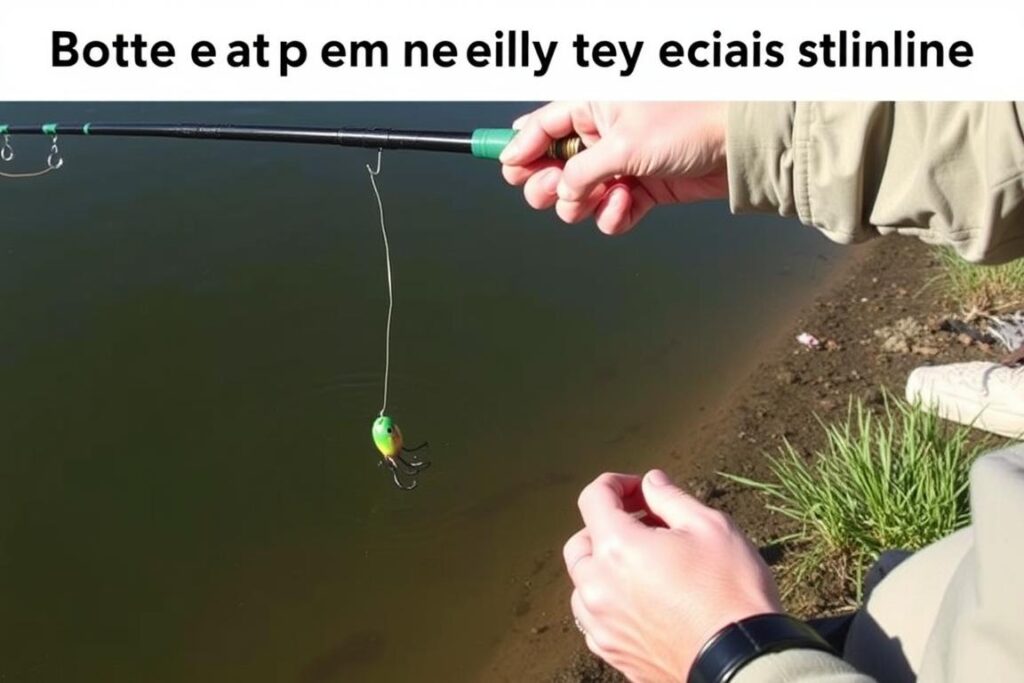
Start Creating Your Own Bottle Cap Lures Today
Making your own bottle cap lures is not only economical but also incredibly satisfying, especially when you catch fish with your creations. The materials are inexpensive, the process is straightforward, and the results can be surprisingly effective. Start with a few basic designs, then experiment with colors and modifications as you gain experience.
Remember to track which lures work best in different conditions, and don’t be afraid to try new ideas. Some of the most effective lure designs have come from creative experimentation. Whether you’re a seasoned angler looking to save money or a beginner wanting to learn more about fishing, bottle cap lures offer a fun entry point into the world of custom tackle.
Ready to Catch More Fish?
Put your new bottle cap lures to the test and share your fishing success stories with our community. We’d love to see what you create!
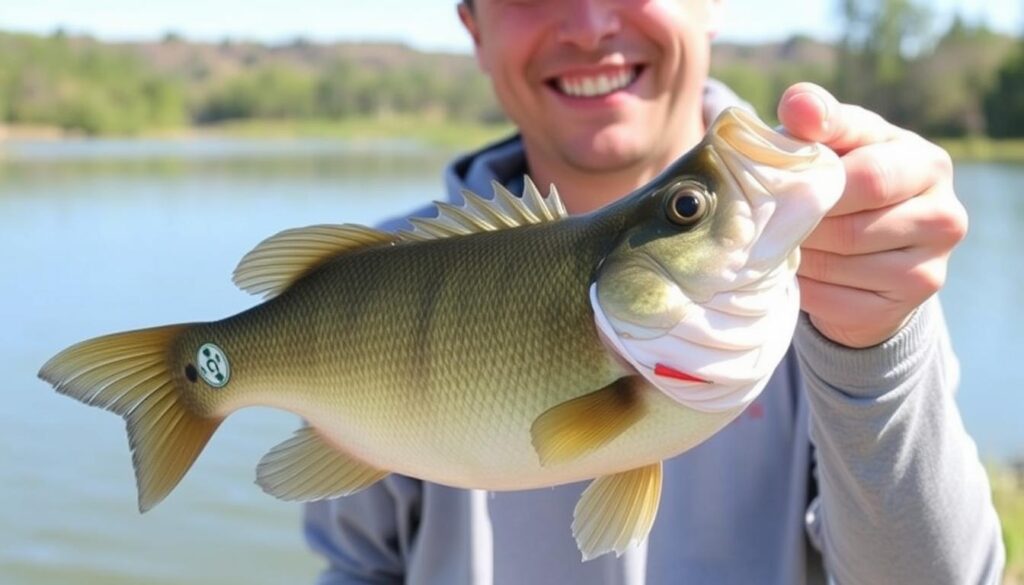

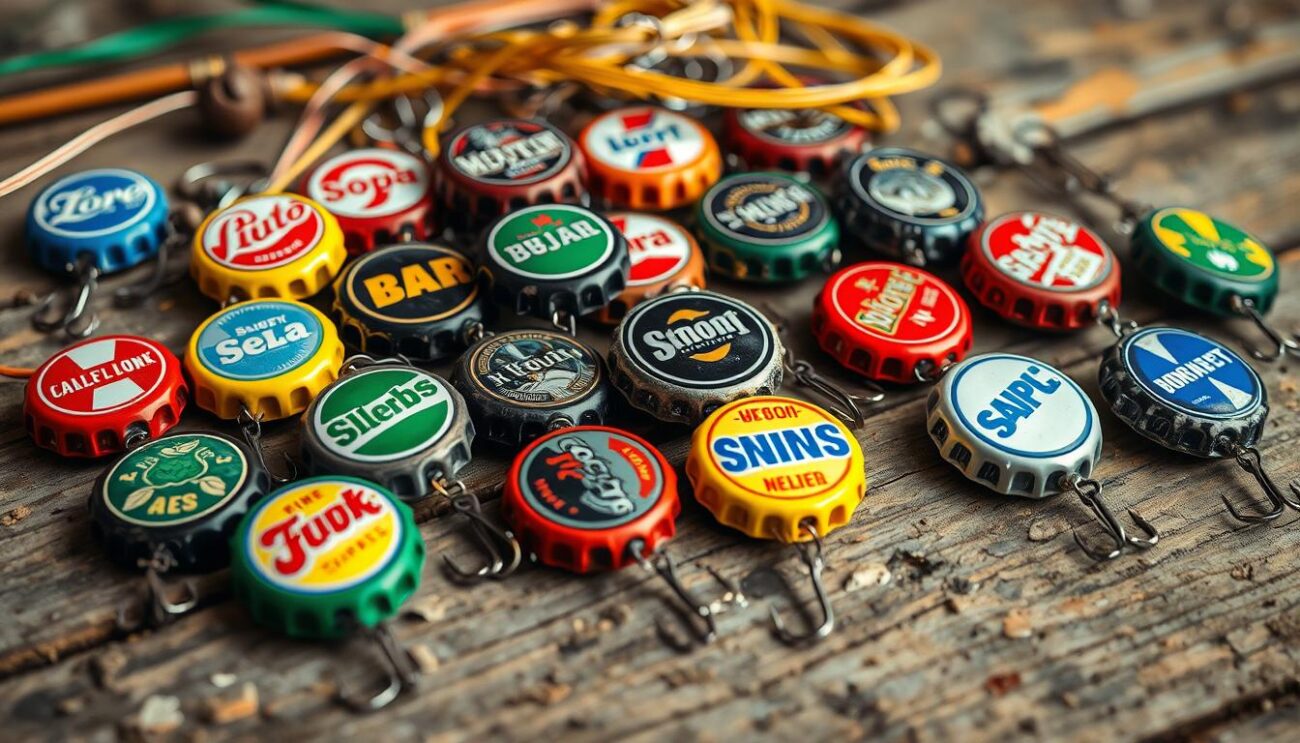
One thought on “How to Make DIY Bottle Cap Lures for Fishing Success”